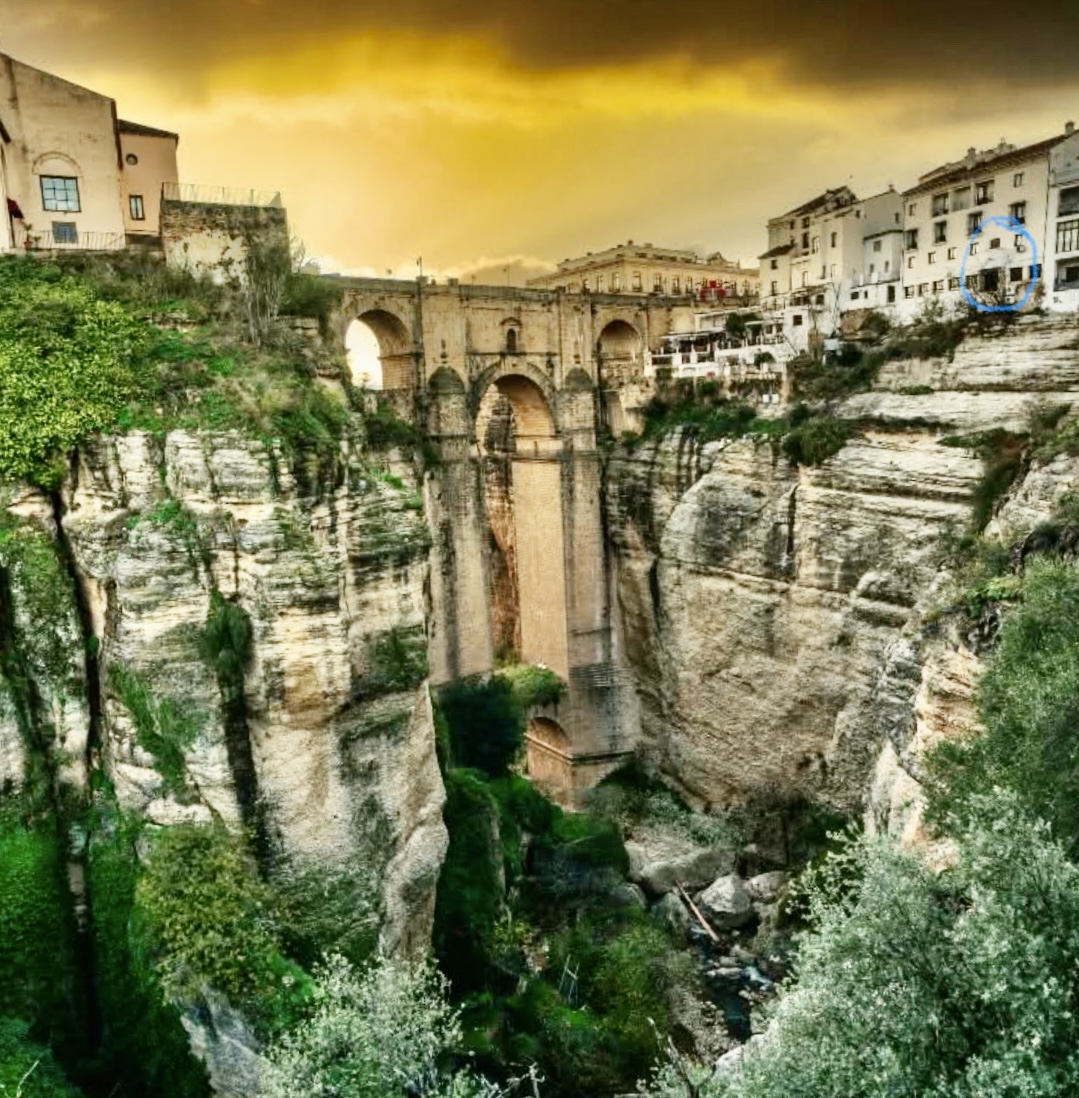
Critically Race Weary
February 6, 2023
No one was really sure how long the canvas had sat unobserved. Some believed it had always been there. Others thought it was recently placed in the open. And there were those who’d concluded it had never existed in the first place. “It’s made up,” they’d argued.
It was a white canvas without any defining characteristics. Most thought it represented all that it was without regard to any other interpretation. Over the years, it had weathered, but no one seemed to notice or to mind. It was what it was, and was all that it had to be.
Then came the small black dot. At first it had no effect on the white canvas. It was only a black dot, and If it was noticed at all, it was as a blemish on an otherwise blank white canvas. The canvas itself remained unnoticed and unquestioned by most.
But one day the black dot was noticed and its presence began to be questioned. The black dot created a contrast to the white canvas, and the canvas took on a new look and presence. Those who’d seen the white canvas from its inception saw the black dot as an aberration, then as a blemish and finally as a burden to be eventually dismissed. But the black dot remained and, if it did not grow on its own, it began to affect the canvas in both palette and texture.
And so they tried and tried, until they’d almost succeeded in eliminating it; they’d believed in denying it, it would simply cease to exist. In the end, though, they had eradicated, not the black dot, but the white canvas, which was always and only the seed of the white canvass’s own redemption.
A few saw the promise, not so much for the black dot itself, but for the effect the black dot began to have on the whole of the white canvas. There was music, dance and poetry that enhanced any of the other expressions the canvas had exhibited on its own. The white canvas began to take on a new patina that rose beyond its one-dimensional origins. And that’s when it began to be noticed and appraised anew.
Critics saw its multi-dimensions of color and texture. There was a new scintillation that the original canvas now shrunk before. One that stood out in a way the old canvas never had, and had never suggested was possible. And the original repositories of that white canvas were angry for it.
They claimed the black dot never belonged there in the first place, and that the pure white canvas could only be restored by the black dot’s total eradication. And so they tried and tried, until they’d almost succeeded in eliminating it; they’d believed in denying it, it would simply cease to exist. In the end, though, they had eradicated, not the black dot, but the white canvas, which was always and only the seed of the white canvass’s own redemption. They’d learned the white canvas was invisible without the black dot. It took generations, but the canvas was eventually honored in a shrine atop a city on a hill of its own making.
Though the shrine that had housed the canvas for centuries afterward was eventually destroyed in an earthquake, its ruins became part of a legend and conjecture over whether it had even existed and had been the object of so much anguish in the first place. Had any of it really ever mattered at all?



Be the first to comment